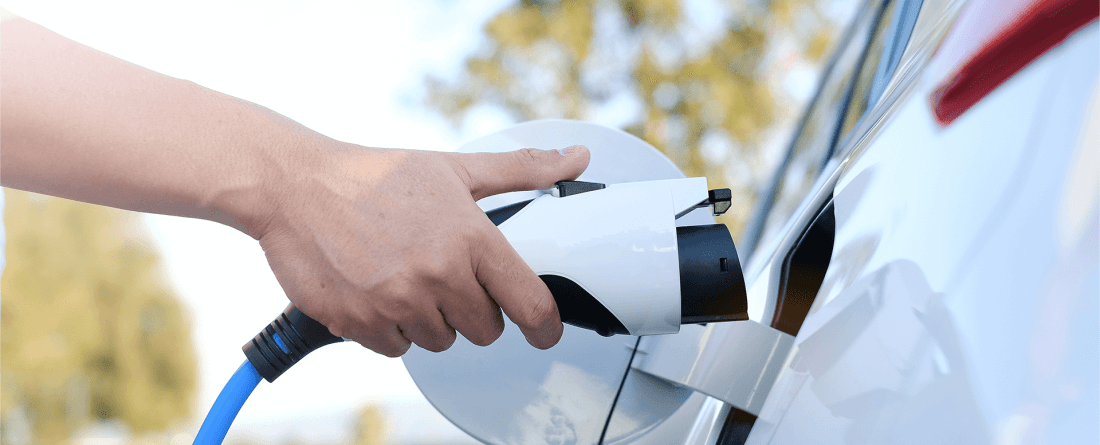
Zhai, M., Wu, Y., Tian, S., Yuan, H., Li, B., Luo, X., Huang, G., Fu, Y., Zhu., M., Gu, Y., Huan, W., Dai, Y., Wang, H., Yang, L., Yin, X., Liu, G., Li, Z., Gu, J., Wang, Y., Chen, Y., Zuo, T. (2025). A circular economy approach for the global lithium-ion battery supply chain. Nature.
Abstract
The lithium-ion battery supply chain is critical for global decarbonization, yet its geographically dispersed production stages pose substantial challenges for carbon management. Here we developed a lithium cycle computable general equilibrium (LCCGE) model, integrating life-cycle thinking with global economic dynamics to systematically assess decarbonization pathways. Our analysis reveals a notable ‘value–emission paradox’ across the supply chain: downstream cathode production generates 42.56% of economic value from 34.82% of emissions, whereas upstream mining accounts for 38.52% of total emissions from only 18.78% of the value. A comprehensive scenario analysis shows that, although consumer-oriented recycling can reduce global emission intensity by 16.30% in 2060, it is far surpassed by integrated strategies. The highest global emission reduction (35.87%) is achieved by combining cross-regional cooperation on technology and trade with regionally tailored domestic circular economy policies. This synergistic approach proves highly effective in key manufacturing economies, yielding potential emission reductions of 39.14% in the USA, 37.28% in the European Union and 42.35% in China. By revealing the synergy of combining environmental, technological and trade levers through both global collaboration and local adaptation, our work provides a blueprint for decarbonizing complex global supply chains and establishes a framework for analysing their sustainability analysis.
